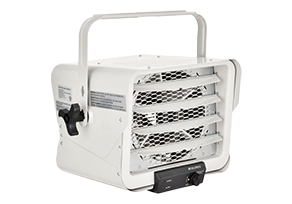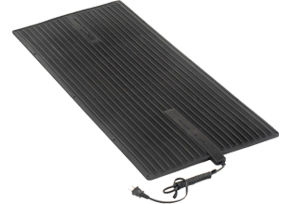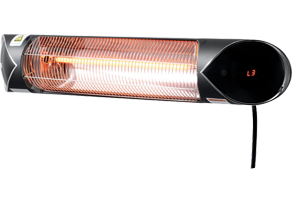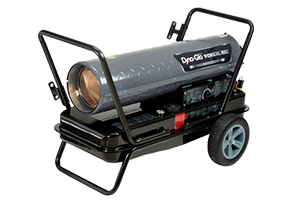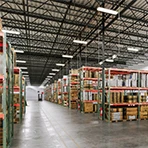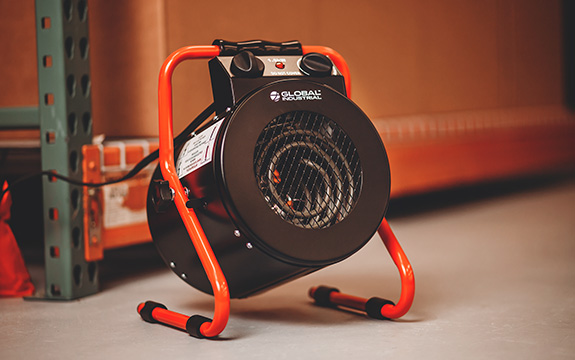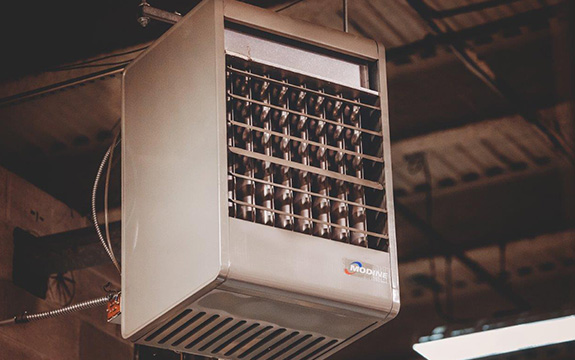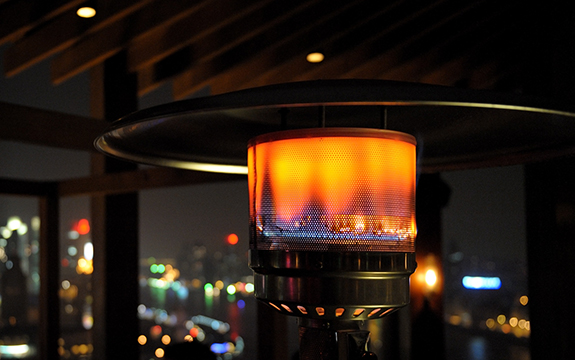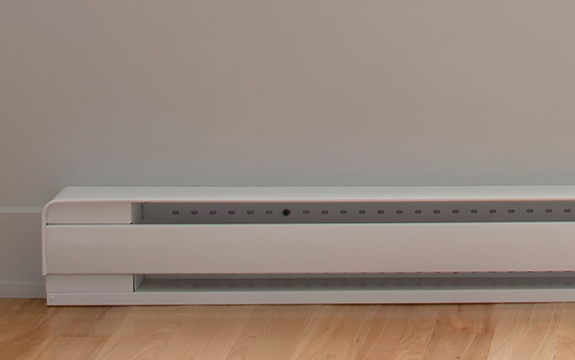From simple space heaters to radiant and infrared options, finding the right winter heating solutions for your facility requires more than just plugging a unit in. Choosing the best industrial heater depends on factors like the size of your space, safety requirements, and energy efficiency. Whether you’re heating a warehouse, office, or other work environment, the right facility heating approach keeps employees comfortable and supports workplace winter safety. We offer a variety of heating systems designed to keep you, your employees, guests, and workspaces properly heated this winter.
Featured Heaters For Every Space
Unit Heaters
Reliable and energy-efficient, ideal for warehouses and large commercial spaces.
Heated Mats
Keep floors safe and warm in high-traffic areas.
Portable Electric Heaters
Perfect for flexible, instant heat wherever you need it.
Patio Heaters
Extend comfort to outdoor areas with free-standing or wall-mounted patio heaters.
Forced-Air Heaters
Quickly heat large areas with efficient air circulation, some models also improve air quality.
Our Top Selling Heaters
Types of Industrial Heaters
Selecting The Right Size Heater
How To Choose The Best Heater For Your Facility
Winter is fast approaching, which means it’s time for warehouse and big-box retail facility owners and operators to shift their focus to keeping their spaces warm and comfortable as temperatures drop.
Read More| Area To Be Heated (Sq. Ft) | Watts | BTU |
|---|---|---|
| 150 | 1500 | 5115 |
| 250 | 2500 | 8252 |
| 350 | 3500 | 11935 |
| 500 | 5000 | 17050 |
| 750 | 7500 | 25575 |
| 1000 | 10000 | 34100 |
| 1500 | 15000 | 51150 |
| 2000 | 20000 | 68200 |
| 2500 | 25000 | 85250 |
| 3000 | 30000 | 102300 |
| 5000 | 50000 | 170500 |
| 10000 | 100000 | 341000 |
Heaters are available in a variety of styles, functions, and type of heat sources.
The first step in choosing the right heater is to determine the area to be heated. Important questions to ask include “How is your building insulated?” and “What climate zone are you in?”. Using the FHA standard insulation and mid-North American zone average of 8.2 watts/ ft2 here are the basics to guide you. Remember that a poorly-insulated building will require more watts/BTU's.
Measure the size of the area to be heated and multiply length x width x 8.2. Find your total watts required for the room. Figures are based on standard 7' ceiling height, 15% total window and door openings on outside walls and 3/4 total air changes per house.
Shop All HeatersEnergy Saving Tips
Maintenance
Set your thermostat to 68°F. Setting it higher can increase energy costs 2-5%. Lower it at night.
Keep It Clean
Clean and replace furnace filters, air filters, and heating vents to increase efficiency and reduce costs.
Insulate
Check windows and doors for proper insulation and install storm windows to heat in and cold air out.
Humidify
Heaters can dry out the air. Using humidifiers help areas feel more comfortable.
Hot Water Use
Set your hot water below 120°F in the winter and make an effort to reduce hot water use.
Reverse It
Reverse the direction of your ceiling fan during the winter months to keep the warm air circulating downward.
Solutions For Your Industry. We Can Supply That.®
Shop All Products
Frequently Asked Questions
Get answers to key questions about selecting, using, and maintaining winter heating solutions.
